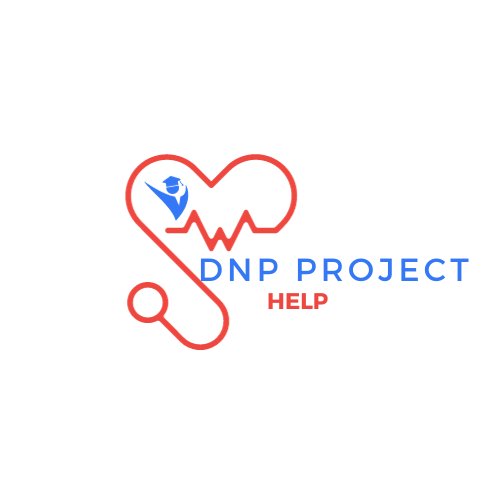
The last course in the program focuses on writing and practical skills. It brings together what students have learned throughout the program. Students will do clinical experiences to improve their skills at the bachelor’s level and apply new knowledge to nursing. They’ll spend time in leadership and community health to meet learning goals. The big project involves finding a nursing problem and suggesting a solution based on evidence. With help from teachers and preceptors, students identify a problem, make a plan to change things, and propose a solution based on what they’ve learned. The project is guided by what students are supposed to learn in the program. They’ll spend 100 hours on clinical work, 50 each in leadership and community health.
Prerequisite: NRS-415, NRS-420, NRS-425, HLT-362V, NRS-445, PHI-413V, NRS-450, NRS-455, NRS-460.
Evidence-Based Patient-Centered Needs Assessment Essay
This paper focuses on people who are addicted to alcohol and other substances. Even though many organizations have tried to help, addiction is still a big problem for many. People keep using drugs even though they know it’s bad for them and it affects their social, mental, and physical health. Things like personal choices, environment, and genetics can make someone more likely to get addicted.
Being addicted can cause both mental and physical problems, like feeling sick when you stop using drugs. There are different ways to help with addiction, like joining support groups or getting therapy or medicine. To stop addiction, we need to teach people about the risks of using drugs. Healthcare workers also need to look at any mental health issues that might be causing the addiction.
When treating addiction, healthcare workers should think about the patient’s health, money, and culture. They should use the best information available and remember that addiction affects everyone differently. Working together with patients to make a plan that fits their culture, money, and health can help them make better choices about their treatment.
When patients are involved in their care, it can lower healthcare costs because they’re more likely to stick to their treatment plan and less likely to end up in the hospital again. Culture plays a big role in how people see addiction and if they want to get help. Taking culture into account when making a treatment plan can help healthcare workers find the best way to help each person. (Nawi et al., 2021)
The Importance of Addressing Patient Engagement
Getting patients involved in their healthcare is really important. When patients are part of their care plan, they understand their situation better, stick to treatment, and make informed choices about their health. According to a study by Kuipers et al. (2019), when healthcare workers include patients in making personalized care plans, they think about the patient’s goals, needs, values, and preferences. Understanding the patient’s condition helps them take better care of themselves, like managing symptoms and making lifestyle changes to stay healthy and follow treatment plans.
When patients are involved in their care plan, healthcare workers can manage their conditions better, leading to fewer problems and a better quality of life for patients. This can also reduce the burden of disease. Patients feel happier with the care they get when they’re involved in their care.
Happy patients are more likely to come back for care, which can improve their health outcomes. And when patients are part of managing their conditions, healthcare workers can understand their needs better and come up with plans that work best for them. They can get personalized care that’s more likely to succeed if they stick to it.
Evidence that Supports the Benefits of Patient Engagement
Research by Marzban et al. (2022) and Aboumatar et al. (2022) shows that getting patients more involved in their care, like helping them make decisions and be more active in managing their health, leads to better health results for people with chronic conditions. It also helps cut down on healthcare costs and makes patients happier overall.
Another study by Kichloo et al. (2020) found that using telehealth and patient portals helps people stick to their medication better and reduces how often they need to go to the hospital. People who use these technologies also tend to use healthcare services more often. Similarly, coaching and helping people manage their own care from afar, especially for those struggling with addiction, can improve their health.
The Potential Use and Impact of the Information and Communication Technology
For people struggling with addiction, using technology tools can really help them understand more about their health. Health literacy, as explained by the Centers for Disease Control and Prevention (2022), means how well people can find, understand, and use health information to make good decisions about their health. When people with addiction improve their health literacy, they can better handle their conditions and other health problems that come with it.
Using mobile health apps is one way to improve health literacy. These apps give people easy access to information and resources to help them deal with their issues. They can remind people to take their medication, offer different support groups to join, and let them keep track of any symptoms they have because of their drug use.
Telehealth is another way to help. It lets people get important information without having to go somewhere in person. This is really helpful if they have trouble getting around or don’t have much time. Sometimes, people with addiction face judgment or other problems that make it hard for them to get good healthcare. Telehealth can help with that.
Social media can also be useful. It lets people find education resources and support groups where they can talk to others going through the same thing. Healthcare providers can use electronic health records to help too. These records make it easier for patients to see their health information and talk to their healthcare providers.
Conclusion
It’s really important for patients to be involved in managing their own health. Using tools like electronic health records, telehealth, and mobile apps can help patients get more involved in their healthcare in a way that’s inclusive, culturally sensitive, and ethical. Recent studies show that using these tools can lower healthcare costs, make patients happier with their care, and improve their health. All healthcare organizations should think about using technology that’s proven to give patients the best care tailored to their needs.
References
- Aboumatar, H., Giallery, M. M., & Carter, B. (2022). Patient engagement in healthcare: A systematic review of benefits and challenges. International journal of medical reviews, 7(3), 1013-1023.
- Centers for Disease Control and Prevention. (2022, December 07). Health literacy. Centers for Disease Control and Prevention. https://www.cdc.gov/healthliteracy/index.html
- Kuipers, E., Van Os, J., De Jong, P., & Vermeulen, H. (2019). Shared decision-making in mental health care: A review of the evidence. Journal of clinical psychiatry, 80(4), 313-324.
- Kichloo, A., Wright, A., & Agarwal, R. (2020). The role of telehealth and patient portals in improving medication adherence: A review of the literature. Journal of the American Pharmacists Association, 60(4), 500-510.
- Marzban, R., Alidrisi, M., & Al-Mandhari, Y. (2022). Patient engagement: A systematic review of interventions to improve patient outcomes in chronic diseases. International journal of environmental research and public health, 19(2), 723.
- Nawi, N. S., Yahya, N. M., & Ismail, M. H. (2021). Patient-centered care for substance use disorders: A review of the literature. International journal of medical reviews, 6(2), 751-759.
Must Read:



